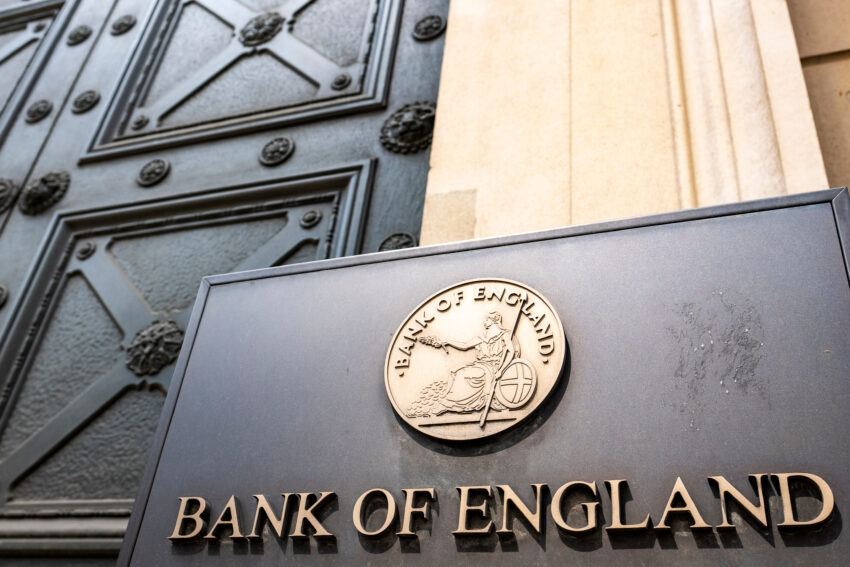The key to running a profitable business is ensuring that company outgoings don’t eat up cash flow, but when the balancing act is overwhelmed by economic pressures, such as record-high inflation and the cost of living crisis, the health of your business may be at risk.
While new hurdles pose an existential threat to businesses, company directors must keep a watchful eye on cash flow to detect early signs of financial distress.
Keep your finger on the pulse
Keep your finger on the pulse to check that the heartbeat of your business is steady, and that financial health is stable. To track the underlying factors that contribute to business health, carry out a routine check on the following areas:
Cash flow: Company cash flow is the flow of cash that runs in and out of a business. Cash flow is recorded in a cash flow statement and can either be flagged as negative or positive. If it’s positive, there’s a healthy flow of cash entering the business and if it’s negative, there’s more cash leaving the business which can cause a chain reaction of monetary issues.
If your business hits this roadblock, sound the alarm bells, and call-in company rescue experts to revive the cash in the business, either through debt restructuring or commercial finance. Note that if you continue operating with the knowledge that your business is out of cash and therefore insolvent, you could be held personally liable for company debts.
Cash flow is the lifeblood of a business and if it deteriorates, the business could stop in its tracks as there’s no longer any cash to feed into company operations, also known as operating cash flow. In light of the cost of living crisis, company cash flow will be under immense stress as overheads increase and the cost of doing business climbs in line with inflation.
Balance sheet: A balance sheet tracks company assets (owned by the business) vs liabilities (owed by the business) and indicates whether the business is in the red or the black. If it owes more than it owns, this is a sign that the business needs to rebalance the scales.
During the coronavirus pandemic, businesses across the UK received almost £80 billion worth of emergency government-backed loans, as data from gov.uk reveals. Along with settling Covid-19 loan repayments, businesses must now reconfigure their budgets as the cost of living crisis hits.
Creditor pressure: If your business is under pressure from creditors as payments are overdue, this is a tell-tale sign that you could be experiencing a cash flow shortfall. Creditor pressure is a barometer for business health as it mirrors the seriousness of your financial position. As the cost of living crisis hits, more creditors are chasing payments to protect their cash flow and avoid bad debt.
Creditworthiness – Your creditworthiness determines how much you are eligible to borrow based on the likelihood that you will make a repayment. Lenders are reining in breathing space when calculating borrowing limits in light of Covid-19 and the cost of living crisis to prevent unnecessarily burdening company finances.
Finetune operational efficiency
Operational efficiency is when areas of the business are finetuned to generate equal or enhanced results for a fraction of the cost and legwork. Operational efficiency can take many forms, from streamlining procedures and standardising goods to quality checking services.
As the cost of doing business puts pressure on the company purse, tightening procedures to operate more efficiently can help maximise the cash in the business and boost your chances of survival as the cost of living crisis persists.
Build a war chest
A war chest is a rainy day fund to provide additional financial security in the event of an emergency or unprecedented trading conditions, as witnessed during the coronavirus pandemic, and more recently – the cost of living crisis. A war chest can offer a lifeline to your business if it requires a cash injection to stay afloat, so it must be topped up.
Conduct a price review
A price review must be conducted throughout the year to ensure that the price put forward to customers mirrors production, manufacturing, and distribution costs. As market conditions change along with the rate of inflation, so will your pricing benchmarks. To weather the cost of living crisis, business owners may need to consider pushing forward a price increase to customers.
Purge your outsourcing commitments
During a period of financial stability when company overheads were at a modest level, you may have formed a partnership with outsourcing partners. As the cost of living crisis means that it now costs more to operate a business, purge your outsourcing commitments by either reducing the service level subscribed to or giving notice of contract termination.
Adopt this practice across your business to reduce unnecessary expenditure.
Live sustainably and purchase economically
Live and work more sustainably to reduce your outgoings, including energy bills, by cutting down on energy usage to heating the workplace strategically. Generate long term cost savings by making informed purchasing decisions to operate more economically and maintain a cash-rich status.
While the road to survival will differ for each business, these guidelines are universal and can be applied to businesses in any industry.


















